Sony Bravia KDL-52HX903 Review
Sony Bravia KDL-52HX903
We find out if this 52in LCD TV successfully marries direct LED backlighting with 3D readiness.
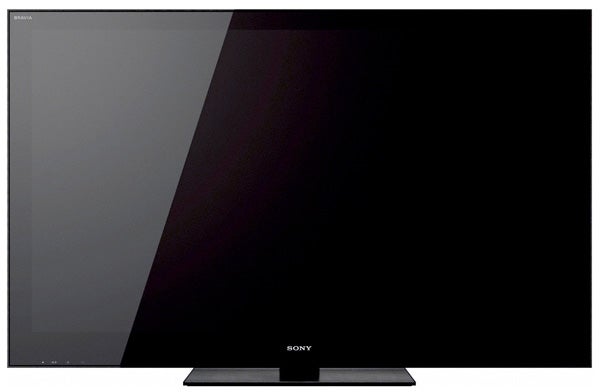
Verdict
Key Specifications
- Review Price: £3449.00
While we’ve frequently found ourselves bewildered by Sony’s seemingly wilfully complicated TV model numbering system this year, there’s always been one series that’s ‘pinged’ on our TV radar rather louder than most: the HX903s. Why? Because they combine 3D readiness with direct LED backlighting – a potentially dream mix.
Straight away, though, there’s a disappointment. For surprisingly, the 52HX903 only does 3D if you add an external ‘kit’. This comprises a £49 transmitter and £99 for every pair of 3D glasses you want. 
It really seems odd that at least the transmitter wasn’t built into the TV as standard, even if Sony didn’t feel like running to any glasses. And actually, now we come to think of it, with Panasonic’s excellent P50VT20B 3D TV going for just £2,300, which includes both its 3D transmitter and two pairs of (admittedly poor) glasses, we really wouldn’t have minded Sony chucking a pair of glasses or two in with the £3,449 52HX903. After all, if you want to add 3D and enough glasses for a family of four, you’ll be needing to add £445 to the already high price tag. That adds up to nearly four grand for a 52in TV. Ouch.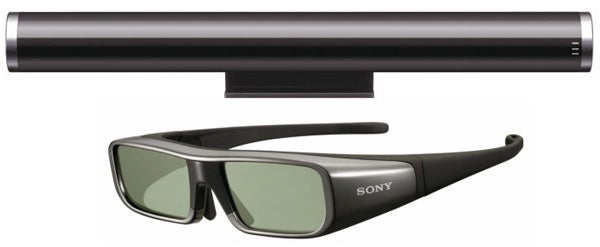
(centre)”’The optional extra 3D transmitter and glasses”’(/centre)
Just as well, then, that the 52HX903 wears a suitably opulent design. This is based on Sony’s 2010 Monolith aesthetic, which comprises a single-layer, glassy-fronted, black-bezelled fascia, given added drama by a screen that goes nearly totally black when the TV is switched off.
You can enhance the already striking design further, too, if you spend yet more money (£260) on the SU-52HX1 brushed aluminium Monolithic Stand, complete with slight back-tilt feature.
It’s also handy given the 52HX903’s high price that it’s fairly expansively connected. It carries four HDMIs, for instance, all of which are built to the v1.4 spec, allowing full 3D support from the latest Blu-ray players. Another highlight is the Ethernet port that lets you access Sony’s Bravia Internet Video platform, which offers the most extensive and varied selection of video content available on a TV to date. Especially with the BBC iPlayer due to be added soon. The Ethernet port also enables you to stream files from DLNA-enabled PCs, and provides the mandatory interactive support for a built-in Freeview HD tuner.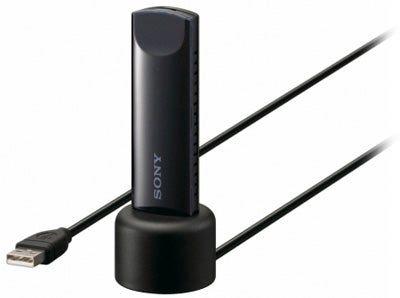
(centre)”’The optional extra Wi-Fi USB dongle”’(/centre)
If all this wired stuff sounds old school to you, then you can go ‘Wi-Fi’, via a USB dongle. However, this dongle isn’t included as standard, costing you yet more money – around £70, in fact. Surely built-in Wi-Fi or at least a free dongle wouldn’t have been too much to ask on a £3,449 TV?
Sony further blots its USB copybook by only providing a single USB port. So if you want to use the USB port to playback photo, music or video files but you’ve also invested in a USB Wi-Fi dongle, then you’ll have to unplug that dongle to insert your USB storage device.
Let’s return now to the key direct LED lighting aspect of the 52HX903. For as we’d expect at this set’s price point, the LED clusters behind the screen can be controlled individually, allowing some areas of the picture to look completely black while others within the same frame can be blasting out with full brightness.
Sony still stubbornly refuses to put an actual number on the 52HX903‘s potential contrast performance (though to be fair, such numbers are, of course, mostly pointless!). But it made us smile to see that while other Sony TVs that don’t use direct LED lighting are described as MegaContrast models, the 52HX903 is a GigaContrast model! Woohoo!
Another potentially hugely important finding on the 52HX903 is its MotionFlow 400Hz system. Actually a combination of 200Hz plus a scanning backlight, the ‘400Hz’ engine could drastically reduce judder and motion blur from the 52HX903’s pictures – something that’s always important with LCD TVs, but doubly so when 3D is involved.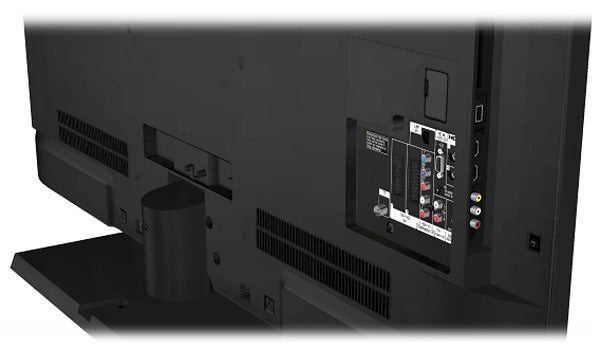
Talking of 3D, the 52HX903 joins Samsung’s 3D models in offering a 2D to 3D conversion system. There are a few 3D adjustments on offer too, if you can find them amid the rather oddly divided 3D menus.
Finally, the 52HX903 has a solid set of picture tweaking tools. These include various levels of the 400Hz setting, Sony’s Live Colour processing, noise reduction options, the facility to tweak the potency of the local LED dimming, and multiple white balance settings.
Sadly, though, there’s no true colour management system – something we would expect to be a given on any TV at anything like the 52HX903’s level. That said, the 52HX903’s pictures can look absolutely superb with only a little effort using the tools provided. 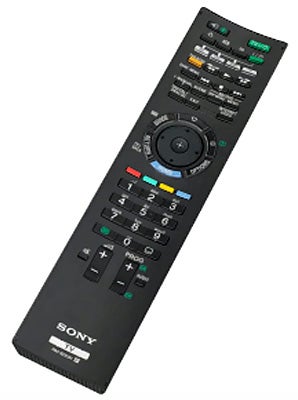
As we’d expect with a local dimming direct LED TV, the 52HX903’s single most outstanding talent is its contrast. For being able to effectively power down parts of the picture that should look dark allows the TV to produce something that really does look like a true black colour, with practically zero of the residual grey clouding we routinely see with LCD TVs – and even many plasma ones, come to that.
What’s even more startling about the profundity of the 52HX903’s black level response is that it doesn’t come at the expense of as much detailing in dark areas as we would have expected. Sure, a few very faint dark details disappear; this is inevitable with local dimming. But the system is strikingly astute at knowing when to leave a residual bit of light in an LED cluster if it’s necessary to keep dark scenes looking textured rather than hollow.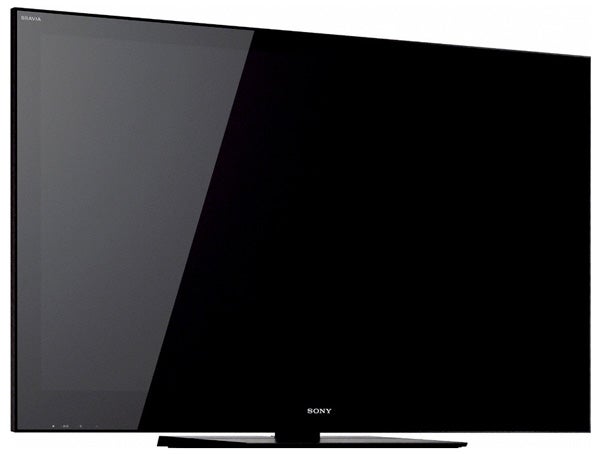
This same excellent control of the local dimming process also helps minimise the appearance of direct LED haloing. In other words, where a bright object appears against a very dark background, it isn’t surrounded by the tell-tale greyish aura as often or as much as usual with direct LED models.
Next to catch our eye on the 52HX903 is its immense crispness when showing HD pictures. There doesn’t appear to be a dot of film grain or pixel of texture missing from good quality Blu-rays. What’s more, this clarity remains pretty much unspoiled when there’s a lot of motion going on, proving the worth and ability of the 400Hz processing engine.
Once you’ve soaked these two strengths up, you’ll likely notice too the excellent vibrancy and generally believable tones of the 52HX903’s colour reproduction. Pictures look positively radiant, in fact, making them exceptionally eye-catching without going so far that they make things look cartoonish. Um, unless you’re watching a cartoon.
The 52HX903 inevitably carries Sony’s Bravia Engine 3 processing system, and as usual BE3 does a very likeable job of upscaling standard definition pictures to the screen’s Full HD resolution.
Given the problems we recently had with Sony’s 60LX903 edge LED 3D set, we feared the 52HX903’s currently very sturdy house of picture quality cards would come crashing down when we switched from 2D to 3D. But while the 52HX903’s 2D to 3D conversion still feels dull and unconvincing, its playback of true 3D sources appears much more enjoyable.
The main reason for this is that there’s less crosstalk noise. Don’t get us wrong; we’re certainly not saying that the 52HX903 is immune to ghosting around some 3D objects. But for some reason, possibly the direct LED lighting, more likely the 400Hz Motion Flow processing, the crosstalk issues are neither as common nor as in your face as they were on the 60LX903.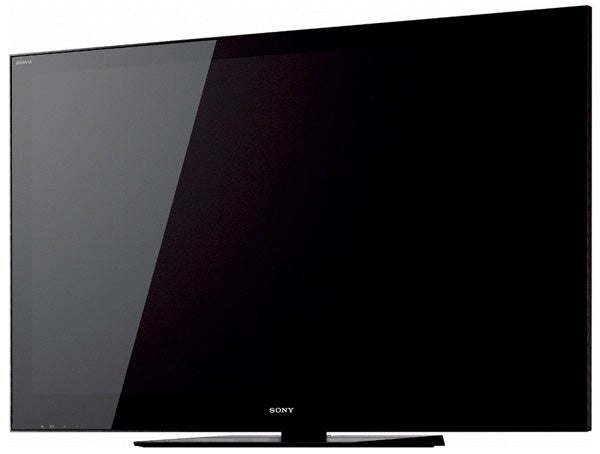
In fact, with 3D Full HD Blu-ray feeds the 52HX903 is the best LCD performer we’ve seen to date. Though Panasonic’s plasma 3D TVs still rule the roost when it comes to suppressing crosstalk.
The 52HX903’s 3D pictures are also engagingly bright and colourful too, despite the inevitable dimming effect of the active shutter glasses you have to wear. In this particular respect, the Sony’s 3D images actually slightly better Panasonic’s.
The 400Hz system also helps motion in a 3D environment look fluid, clean and convincing.
So does the 52HX903 have any other issues aside from the (actually not nearly as bad as expected) 3D crosstalk problem? Yes – but nothing serious.
First, you do have to exercise a bit of caution with the 400Hz motion processing options. For if you try to run the system on one of its most intensive settings, it can generate distracting processing side effects like shimmering edges and haloes around moving objects.
Another issue is the occasional appearance of a slightly off-key colour tone. These really do only crop up once in a blue moon, and are generally restricted to skin tones during dark scenes. But we couldn’t help but wonder if we might have been able to correct even these rare rogue tones had Sony provided adequate colour management tools.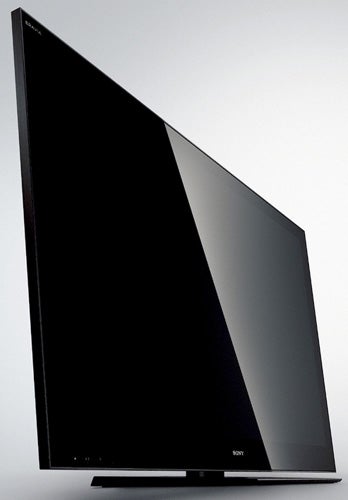
Finally, in keeping with every direct LED TV we’ve ever seen, you do have to try not to watch the 52HX903 from too wide an angle, for if you do the amount of haloing around bright objects increases severely.
Let’s not get too hung up on what the 52HX903 might have done better, though. For the fact remains that the balance of the set’s picture achievements is overall very, very much in favour of the good stuff.
The same can’t be said, sadly, of the 52HX903’s sound. For any sort of action sequence tends to find the set’s speakers wanting in both dynamic range and bass response. This means the soundstage is biased towards trebles, and as such can quickly leave powerful audio mixes sounding harsh and sibilant.
The best we can say about the sound is that it does at least pass muster for the normal, day-to-day fodder that will likely occupy the majority of your viewing time.
Verdict
Despite the sense of expectation created by the 52HX903’s direct LED lighting system, as we started testing it memories of the 60LX903’s 3D problems were still nigglingly fresh in our mind. Thankfully, though, for whatever reason the 52HX903’s 3D images aren’t nearly as tiring and flawed as those of its bigger, edge LED sibling.
Which means we’re freer to concentrate on the set’s excellent 2D picture quality. Sony has clearly been extremely busy refining its local dimming direct LED system, and the results are pretty spectacular. So much so that in sheer performance terms, the 52HX903 comfortably deserves an overall mark of nine, despite the bland audio that accompanies the superb pictures.
However, try as we might, we just can’t ignore the 52HX903’s price. It is nearly £1,200 dearer than Panasonic’s P50VT20B TV. And this price gap grows substantially larger if you factor in the Sony’s optional 3D transmitter and glasses.
So with Panasonic’s 3D contender also being a terrific all-round picture performer, it’s hard to see how Sony can easily justify its own set costing quite so much.
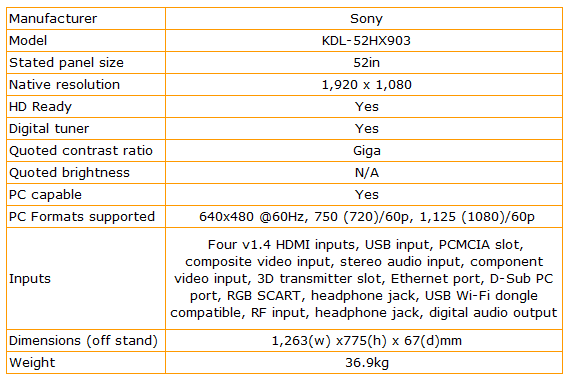
How we test televisions
We test every TV we review thoroughly over an extended period of time. We use industry standard tests to compare features properly. We’ll always tell you what we find. We never, ever, accept money to review a product.
Trusted Score
Score in detail
-
Features 9
-
3D Quality 8
-
Value 6
-
Design 9
-
2D Quality 10
-
Sound Quality 7
Features
| Size (Inch) | 52in |
| Display Type | LED |
| Digital Tuner | DVB-T (MPEG4), DVB-C (MPEG4) |
| 3D Ready | Yes |
Physical Specifications
| Height (Millimeter) | 59.6mm, 807mm |
| Width (Millimeter) | 103mm, 1263mm |
| Depth (Millimeter) | 67mm |
| Weight (Gram) | 37g |

